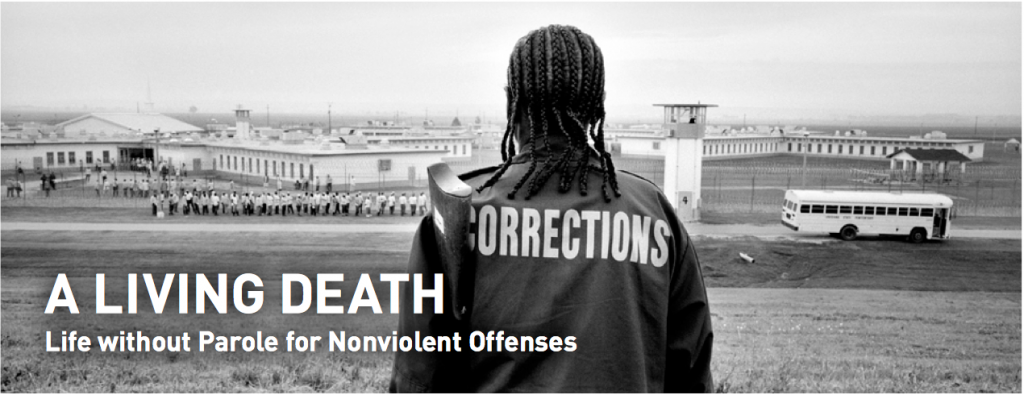In a tentative step toward federal sentencing reform President Obama reduced the sentences of eight prisoners serving long federal prison sentences — six of them life sentences — under draconian laws for crack-cocaine sentencing. He also pardoned 13 others, at least six of whom were in prison for drug offenses.
This administration has been reluctant to use the pardoning power of the president to effect prison sentencing reform. In this instance, the President noted that some prisoners effected by his pardon would have been released under new federal laws enacted over the past two years.
. “Prior to Thursday’s announcement, he had commuted only one sentence during his tenure, out of 8,700 commutation applications” according to Families Against Mandatory Minimums. His rate of both pardons and commutations was the lowest of any president in modern history.
The administration argues that they are getting prison and sentencing reform ready for the coming year and expect to pass important criminal justice reforms with the help of conservative legislators. And perhaps, the President’s strategy is correct, as conservative a Senator as John Cornyn (R-TX) has introduced a prison reform bill.
In the Senator’s statement introducing the bill, he noted, “Modeled after successful reforms in Texas, this bill will target only non-violent, low-risk offenders to reduce the taxpayer burden, while ensuring that dangerous criminals remain off the streets. By working to reduce the number of repeat-offenders, we can improve safety, as well as costs, for our communities.”
We may find the Administration letting Conservatives take the lead in Prison and Sentencing Reform is the best strategy for getting reform passed.





